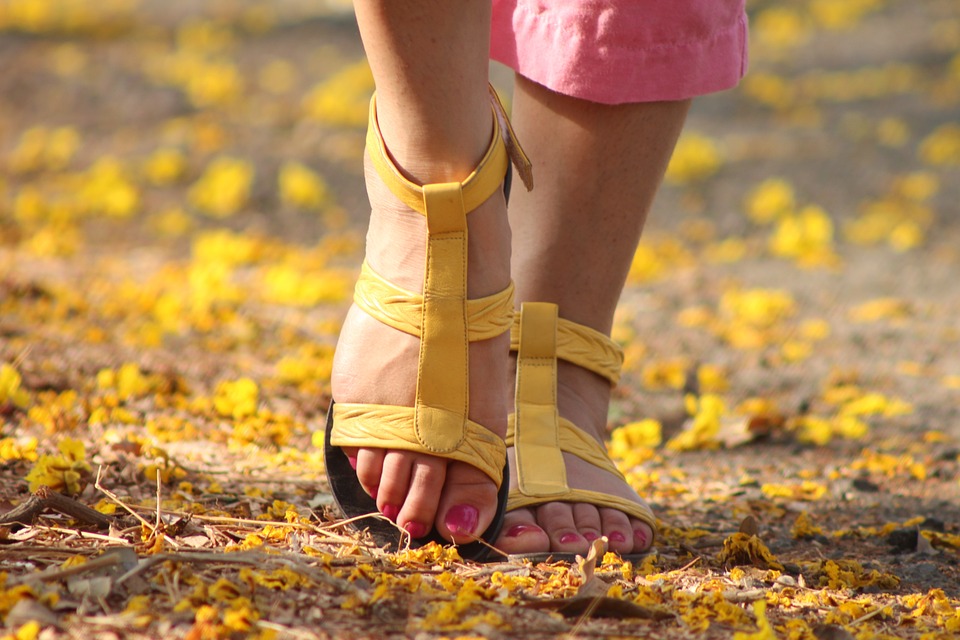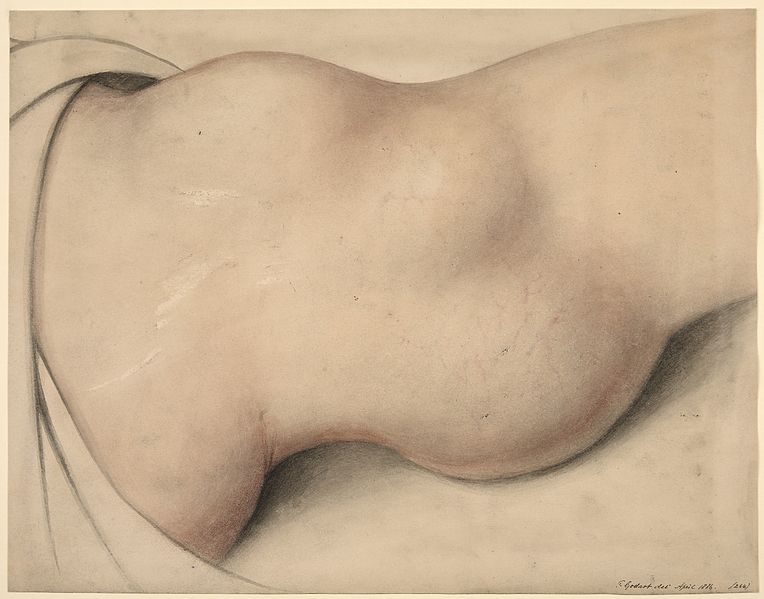Charcot Joints: Definition
Table of Contents
See page for author [CC BY 4.0 (http://creativecommons.org/licenses/by/4.0)], via Wikimedia CommonsCharcot joints are neuropathic joints. These are caused by loss of sensation in the joint. This severely damages and disrupts the joint, so much so that diagnosis can be made using a physical examination as well as X-ray.
French neurologist Jean-Martin Charcot (1825-1893) regarded as the father of neurology has 15 medical terms to his credit. He was the first to define neuropathic joints caused due to syphilis in 1868.
These joints, often called Charcot joints are the result of a sensation loss in a way that is related to autonomic neuropathy, less blood supply, and mismatch of bone destruction and synthesis.
Causes of Charcot Joint
Pathology leading to loss of sensation in the joint is said to cause this. Charcot joints in the lower limb are the result of tabes dorsalis as well. This is rare. Most common reason for Charcot joints in developed nations is diabetic neuropathy and increase in diabetic prevalence.
The classical cause is syringomyelia when neuropathic joints affect the upper limb. In developing countries, tabes dorsalis and leprosy count for a lot of cases.
Charcot arthropathy/Charcot joint results in patients with peripheral neuropathy who suffer this condition for 8-10 years. It was in the 1930s that diabetics were found to suffer from this condition.
Neuropathy is basically a problem with the nervous system. Arthropathy is a term used to define problems with joints failing to recognise nerve system input.
Signs and Symptoms of Charcot’s Joint
Three stages of this condition are there:
- Fragmentation
- Coalescence
- Consolidation
Fragmentation
This is the destruction stage. In this stage, as the process begins, joint and surrounding bone are damaged. Bone fragments, joints become unstable and may lead to reabsorption of the bone.
The stage is associated with a lot of swelling, some pain, a little redness (erythema) and warmth or heat to the area. This is often confused with infections even more so when there is no prior history of injury or trauma.
This stage also results in flat feet and bony prominences while diagnosis and early detection is a must to find out bone destruction and deformity. The process will last from 6-12 months.
Coalescence
The second stage is called coalescence. Acute destruction starts even as the body makes an attempt to heal itself. Swelling and heat begin to disappear and prescription footwear can be used. Diabetic shoe inserts are critical to prevent ulcer formation over areas that are deformed.
Symptoms that are commonly observed during this stage include the following:
- Swelling
- Distortion
- Loss of function
- Pain
Consolidation
The skin over the joint turns red with the effusion of the joint and also creates an increase in temperature. Complicating the picture still further is osteomyelitis and instability. Skin ulceration is also common. Sensory and motor loss may also result. This is the final stage where the body heals, but deformities may appear in the foot.
Picture
MRI scanning or radio-nucleotide can differentiate soft tissue infection from osteomyelitis. The cause of neuropathy may need to be discovered. HbA1C test will assess the extent of diabetes for assessing damage to the Charcot joint.
Associated diseases that are linked to Charcot joint include:
- Diabetes
- Tabes Dorsalis
- Syringomyelia
- Leprosy
- Alcoholism
- Beriberi
- Vitamin B12 deficiency
Treatment
Charcot joint is associated with management and treatment that is ongoing. The first step is getting the heat and swelling treated.. Stabilising the foot to minimise deformity is the second stage.
Total contact cast can be designed for the patient. Cast needs to be changed quickly or it may loosen and exacerbate swelling. Cast has more padding than a standard one to prevent foreign objects from entering it.
Once the patient’s swelling lessens, the cast may be changed less frequently. Fabrication of the custom walking boot for diabetics is a must. Patients are also taught to lessen weight bearing on the affected foot.
This is difficult for patients with diabetic neuropathy. Assistive aids such as walker or cast are recommended. Checking the non-affected foot is also essential.
Patients with deformities that cannot be braced may be candidates for surgery. Surgery should be timed well. Done during the inflammatory stage, it can yield a high complication rate. Surgery may also be carried out to deal with joint instability.
Long Term Management
Long-term management of patients with Charcot joint is critical. Once the person is in stable condition, regular checkups are a must to ensure complications, address footwear, brace and orthotic issues and carry out patient education for caring for the diabetic foot.
If patients develop warning signals such as redness, heat or swelling, this could be the sign of intensification or development of new symptoms. Deformity with neuropathy also leads to joint damage and ulceration. Protective footwear is needed.
Patient education is also a must. The risk of damaging a joint devoid of pain is also a point patients must be alert about. Alcoholism or diseases caused by deficiency may also require long-term medical attention. Good control of diabetes is vital to protect patients from worsening neuropathy. The cast is generally worn for 3-6 months.
A Visit to the Podiatrist
Following the removal of the cast, protection of the joint for the rest of the life of the patient is vital. Patient education and foot-care is needed further. A visit to the foot doctor/podiatrist is a must, and protective shoes or braces may be needed further for the feet.
For example, plastic inserts can be used for aesthetic feet and a less intense regime may be permitted based on clinical progress. Special footwear is something which is needed for life.
Medical and Surgical Aids
Bisphosphonates can heal the bones, especially in the acute stage. Apt surgical options include fusion and Achilles tendon lengthening. Strong evidence and consensus exist regarding the timing of treatment and use of various fixation methods.

Conclusion
Diabetics or disease ridden, infected or suffering from deficiency, Charcot joint is a condition that requires long term care and treatment. With effective management, the patient can expect minimum impediments and maximum functionality.

